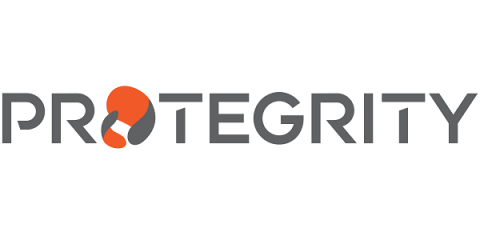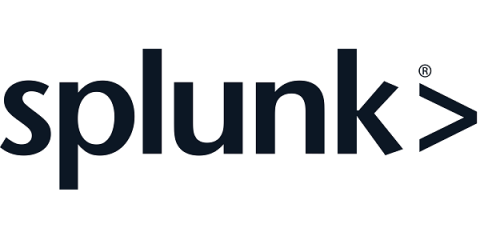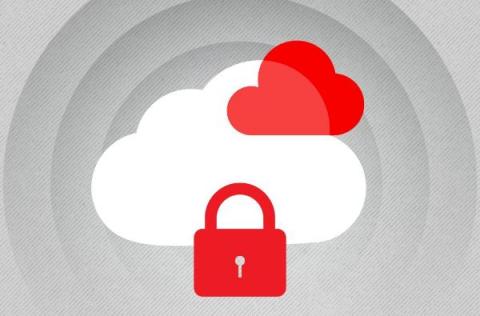Security | Threat Detection | Cyberattacks | DevSecOps | Compliance
Latest News
Frequently Asked Questions on the 2023 EU General Court's Pseudonymised Data Ruling
In 2023, the EU General Court overruled the European Data Protection Supervisor and ruled that pseudonymized data will not be classified as personal data under the of EU data protection law when transferred to a recipient who is unable to identify individuals. Businesses are now taking a closer look at their data anonymization processes, as well as the opportunities this new ruling may offer when transferring and accessing data across borders..
Bringing IT & OT Security Together, Part 2: BAS and the Purdue Model
In our first post on using BAS in an operational technology (OT) environment, we provided an overview of a typical converged IT/OT network, the trends that were driving increased cyber risk for industrial asset owners, and a high-level discussion of how BAS can help provide better visibility and protection across the converged environment.
Leveraging XDR to Build Stronger Managed Services
XDR (eXtended Detection and Response) is a leading integrated cybersecurity approach, which improves threat detection and response through integrating multiple data sources and cybersecurity tools and unifying multiple security products into a single operating system. XDR technology is growing increasingly popular. And it’s an opportunity for managed service providers (MSPs) to scale and grow their business.
Risk-based Vulnerability Management: A Bigger Bang for Your Buck
Every five to ten years, major technology shifts change the way that vulnerability assessment and the related IT risk mitigation processes are approached or implemented. What has remained constant is the formula we use to measure risk and thus prioritize and triage vulnerabilities. Risk = (Likelihood of event) * (Impact of consequences) It’s an approach that intuitively makes sense, but there have been two challenges with how this formula has been applied.
A Vision for the Future of Cyber
What Is a Digital Footprint?
A digital footprint refers to the collection of traceable data left behind by a person’s unique online activities. Everything from your social media posts to your browsing history to your voter registration leave a trail of data that can be used by businesses and people for a variety of purposes – good or bad.
Managing technology risk
Numerous risks are inherent in the technologies that all organizations use. These risks have especially become apparent with recent ransomware attacks, which have crippled major infrastructure such as the Colonial Pipeline in the Eastern United States1. This discussion will focus on how GRC, or governance, risk, and compliance can help organizations face and manage the risks that they face.
CrowdStrike Defines the Future of Cloud Security with One-Click XDR to Automatically Identify and Secure Unmanaged Cloud Assets
CrowdStrike is defining the future of cloud security by empowering customers to rapidly understand their cloud risk and to detect, prevent and remediate cloud-focused threats. Today we are announcing a series of new cloud security innovations designed to deliver complete visibility into potential attack paths, from endpoint to cloud, and instantly secure vulnerable cloud workloads across build and runtime.
The benefits of Privileged Access Management for compliance and regulation
Privileged Access Management (PAM) is a crucial aspect of any organization's cybersecurity strategy, especially in industries that handle sensitive data, such as health care, finance and government. PAM involves implementing policies, procedures and tools to manage and monitor access to privileged accounts and limit the risk of unauthorized access or misuse. This ensures that only authorized personnel can access critical systems and data, reducing the chances of a security breach.











